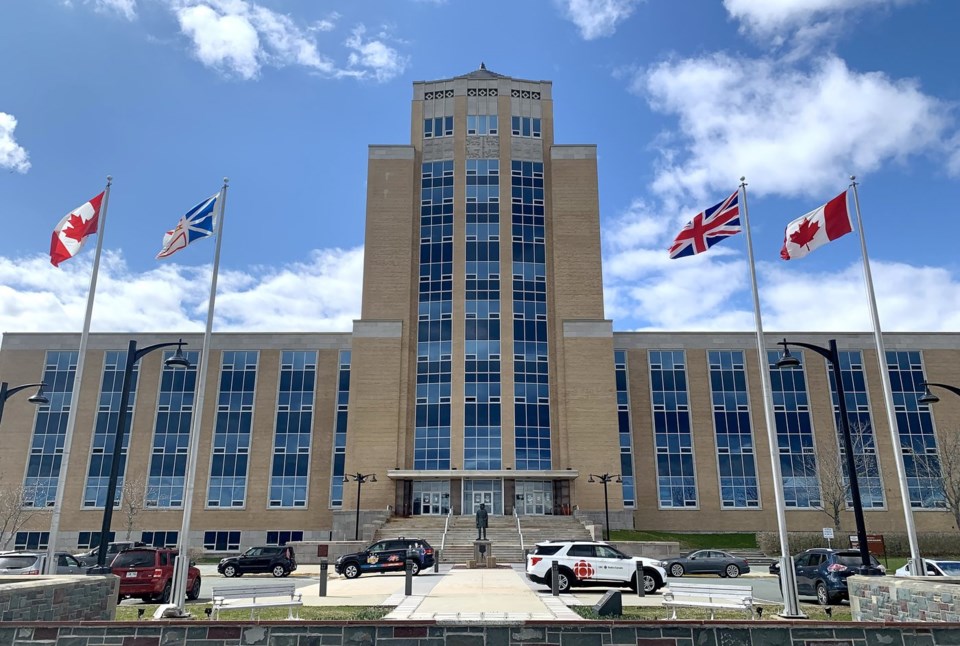ST. JOHN'S, N.L. — Newfoundland and Labrador's auditor general cautioned the Liberal government Wednesday about the province's financial position as the finance minister announced the 2024-25 fiscal year would end with a higher-than-expected deficit.
The province finished the previous fiscal year with a net debt of $17.7 billion, an increase of more than seven per cent from the year before, said a news release from auditor general Denise Hanrahan's office.
"Our net debt per capita is double the rest of Canada," Hanrahan said. "Even with an increasing population, these financial indicators and the challenging demographic and economic risks we face suggest that the province’s financial position is worsening."
Her comments came after the provincial government delivered a fiscal update that painted a far rosier picture of the province's financial outlook.
"We are meeting expectations fiscally and exceeding expectations economically," Siobhan Coady, the province's finance minister, said in a news release. "Employment is up, household income is up, population is up, and inflation has eased."
The update forecast a deficit of $218 million for the 2024-25 fiscal year, which is higher than the $152 million estimated in the March budget. Revenues are down because of a drop in oil prices and production, both of which were partially offset by a lower exchange rate, it said.
However, it said housing starts are increasing, unemployment is at a near-historical low and the province's real gross domestic product is expected to grow by 3.3 per cent.
As of July 1, the beginning of the third quarter of the year, the province was home to 545,247 people, which is the highest quarterly population reported since 1998, the update said.
Newfoundland and Labrador has struggled with a dwindling population, particularly in its rural areas. There are four oilfields operating off its southeast coast.
This report by The Canadian Press was first published Oct. 30, 2024.
Sarah Smellie, The Canadian Press



